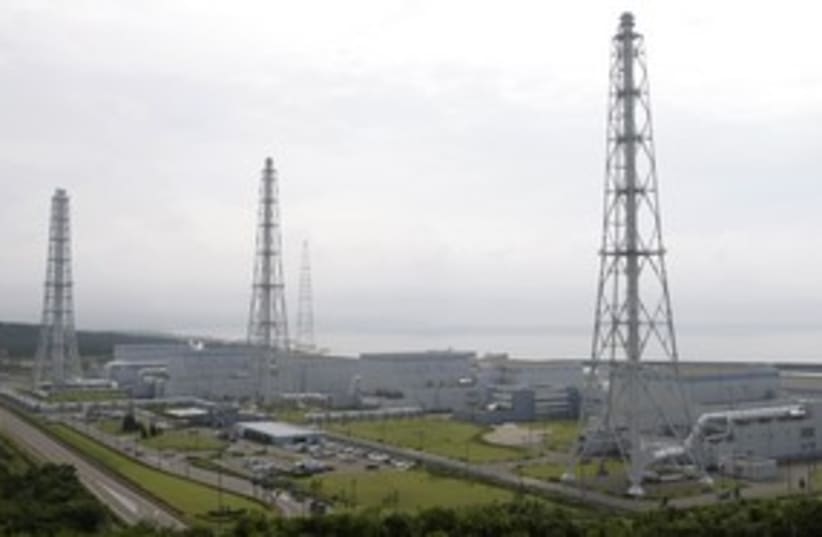RELATED:California seeing no radiation level increase from Japan IAEA chief: Japan nuclear incident 'grave, serious' Japan races to restore power to nuclear reactors At Fukushima, nearly 300 engineers working inside a 20 km (12 miles) evacuation zone were focussed on trying to restore power at pumps in four of the reactors."TEPCO has connected the external transmission line with the receiving point of the plant and confirmed that electricity can be supplied," the plant's operator Tokyo Electric Power Co said in a statement.The next stage will be to check equipment is working and not damaged before trying to crank up the coolers at reactor No. 2, followed by 1, 3 and 4, it added.If that works, it will be a turning point."If they can get those electric pumps on and they can start pushing that water successfully up the core, quite slowly so you don't cause any brittle failure, they should be able to get it under control in the next couple of days," said Laurence Williams, of Britain's University of Central Lancashire.If not, there is an option of last resort under consideration to bury the sprawling 40-year-old plant in sand and concrete to prevent a catastrophic radiation release.That method was used to seal huge leakages from the 1986 Chernobyl disaster.Japan has raised the severity rating of the nuclear crisis from level 4 to level 5 on the seven-level INES international scale, putting it on a par with the Three Mile Island accident in 1979, although some experts say it is more serious. Chernobyl, in Ukraine, was a 7 on that scale.The operation to avert a large-scale radiation leak has overshadowed the humanitarian aftermath of the 9.0-magnitude earthquake and 10-metre (33-foot) tsunami that struck on March 11.Nearly 7,000 people have been confirmed killed in the double natural disaster, which turned whole towns into waterlogged and debris-shrouded wastelands.
Japan crew fixes power cable in race to stop radiation
Engineers successfully attach cable to nuke station in hopes of restarting the water pumps needed to cool overheated nuclear fuel rods.

RELATED:California seeing no radiation level increase from Japan IAEA chief: Japan nuclear incident 'grave, serious' Japan races to restore power to nuclear reactors At Fukushima, nearly 300 engineers working inside a 20 km (12 miles) evacuation zone were focussed on trying to restore power at pumps in four of the reactors."TEPCO has connected the external transmission line with the receiving point of the plant and confirmed that electricity can be supplied," the plant's operator Tokyo Electric Power Co said in a statement.The next stage will be to check equipment is working and not damaged before trying to crank up the coolers at reactor No. 2, followed by 1, 3 and 4, it added.If that works, it will be a turning point."If they can get those electric pumps on and they can start pushing that water successfully up the core, quite slowly so you don't cause any brittle failure, they should be able to get it under control in the next couple of days," said Laurence Williams, of Britain's University of Central Lancashire.If not, there is an option of last resort under consideration to bury the sprawling 40-year-old plant in sand and concrete to prevent a catastrophic radiation release.That method was used to seal huge leakages from the 1986 Chernobyl disaster.Japan has raised the severity rating of the nuclear crisis from level 4 to level 5 on the seven-level INES international scale, putting it on a par with the Three Mile Island accident in 1979, although some experts say it is more serious. Chernobyl, in Ukraine, was a 7 on that scale.The operation to avert a large-scale radiation leak has overshadowed the humanitarian aftermath of the 9.0-magnitude earthquake and 10-metre (33-foot) tsunami that struck on March 11.Nearly 7,000 people have been confirmed killed in the double natural disaster, which turned whole towns into waterlogged and debris-shrouded wastelands.